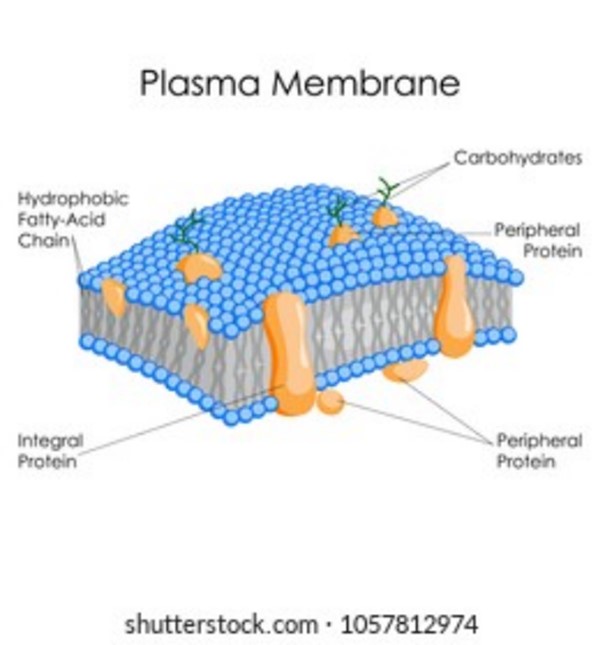Which of the following allows a limited range of immune cells to detect and respond rapidly to a wide range of pathogens that share common structures?
Pattern recognition receptors (PRRs)
Cytokines
Chemokines
T cells
The Correct Answer is A
Pattern recognition receptors (PRRs) are a class of receptors that can directly recognize the specific molecular structures on the surface of pathogens.
PRRs play a crucial role in the proper function of the innate immune system and are germline-encoded host sensors, which detect molecules typical for the pathogens.
Choice B is incorrect because cytokines are not receptors but rather signaling molecules that regulate immunity.
Choice C is incorrect because chemokines are not receptors but rather signaling molecules that attract immune cells to sites of infection.
Choice D is incorrect because T cells are not receptors but rather white blood cells that assist B cells or directly kill infected cells.
Nursing Test Bank
Naxlex Comprehensive Predictor Exams
Related Questions
Correct Answer is B
Explanation
Fertilization is the process by which male and female gametes fuse to form a zygote.
Oogenesis (choice A) is the process by which female gametes, or eggs, are produced.
Meiosis (choice C) is a type of cell division that results in the formation of gametes.
Mitosis (choice D) is a type of cell division that results in the formation of two identical daughter cells.
Correct Answer is D
Explanation
The plasma membrane is the organelle that encapsulates the contents of the cell and plays a vital role in regulating the movement of substances in and out of the cell.
It is a selectively permeable barrier that separates the internal environment of the cell from the external environment.

Choice A is incorrect because ribosomes are organelles involved in protein synthesis, not in regulating the movement of substances in and out of the cell.
Choice B is incorrect because the nucleus is an organelle that contains the cell’s genetic material, not in regulating the movement of substances in and out of the cell.
Choice C is incorrect because mitochondria are organelles involved in energy production, not in regulating the movement of substances in and out of the cell.
Whether you are a student looking to ace your exams or a practicing nurse seeking to enhance your expertise , our nursing education contents will empower you with the confidence and competence to make a difference in the lives of patients and become a respected leader in the healthcare field.
Visit Naxlex, invest in your future and unlock endless possibilities with our unparalleled nursing education contents today
Report Wrong Answer on the Current Question
Do you disagree with the answer? If yes, what is your expected answer? Explain.
Kindly be descriptive with the issue you are facing.
